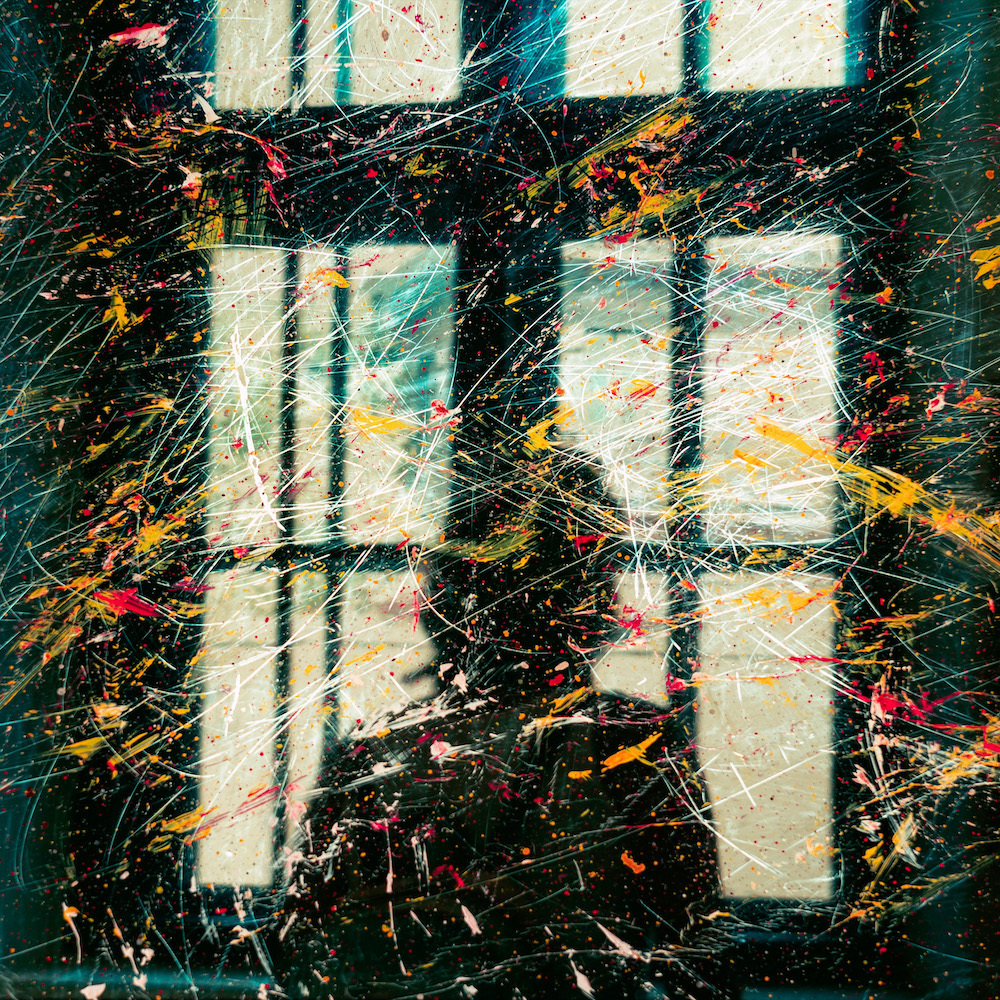The Appeal
I was on the Oregon Coast last year in early December, perusing fresh batches of books at a deceivingly polished bookstore. Compelled by some spontaneous force to browse the children’s section, I came upon the Harry Potter and the Sorcerer’s Stone Illustrated Edition. There it sat in the flesh—bright, shiny, crisp, and virtually untouched among the neat stacks of illustrated children’s books and kitschy stuffed animals.
According to the store associate, the copy was merely a reminder of the book’s presence, much like the sold-out item in your online cart that stares back at you tauntingly. But what was this edition doing sitting in the children’s section right there among puzzles and books about friendship and the alphabet?
Why Illustrated Collections?
With print sales booming once again, it is more important than ever to reimagine the way that literature is consumed and subsequently shared. The successful launch of Harry Potter and the Sorcerer’s Stone in full color in 2020 did just that. Revisiting the most revered mid-grade YA fantasy of all time satisfied the varied interests and intentions of collectors, original readers, and emerging readers alike. Because YA fiction attracts the most versatile target audiences, we can expect that YA fantasies will begin following suit by incorporating the launch of illustrated editions into their preliminary marketing strategies, thereby rebranding the original backlist as something contemporary, collectible, and multi-generational.
YA fantasy fiction is typically read by transitioning juvenile readers as well as teens and adults, making it one of the most versatile genres on the market, according to Kate Mclnally. So when you miss the pre-order and decide to buy the limited edition series once it hits the shelves, you’re not just competing with the YA fantasy market—now vying with adult collectors and children to get your hands on a copy.
The Future of Fantasy
What does this mean for the future of fantasy? It means that we can expect publishers to consistently rebrand their newly released fantasy series with planned releases of illustrated editions five or even ten years after publication. Both of these plans would be drafted as part of the initial marketing strategy for non-independent publishers or publishers with a substantial budget. This five- or ten-year plan would be contingent on the publisher’s volume, comparative title performance, and projected sales. If sales vary drastically from the initial predictions after the first year of the book’s release, the plan could be re-evaluated in order to adjust to market demand and actual YTD sales.
The five-year plan is best intended for titles that, at minimum, breakeven or slightly surpass their advance goal but are not best sellers or especially prominent within their initial market. These titles are not necessarily unsuccessful, but they need to accumulate enough profit that a special edition collection would be noteworthy enough to generate meaningful publicity.
As the plan implies, publishers would account for the release of the first special edition copy five years after its publication for a non-series title or after the series end—whichever is appropriate. Publishing a special edition within this short timeline allows the market to begin to shift and create space for the original title in the contemporary market. Subsequently, the original title will once again gain attention within a short enough timeline that any market growth will not be substantial enough to color the title as irrelevant or contemporarily removed.
The ten-year plan is ideal for best sellers with higher projected sales. It is also ideal for series that have garnered a franchise or an especially devoted readership. Ten years after the original novel’s release or the end of the series, publishers will release an illustrated special edition copy as an initial volume.
The timing of these releases should be planned at the beginning of Q4, with publicity generated six months before the special edition releases for best-sellers following the ten-year plan and three months for less lucrative sellers following the five-year plan. For a series, each separate volume would be released either bi-annually or quarterly, depending on how many books belong to the series. Eventually, these will culminate into a complete collector’s edition released at the beginning of Q4 in the appropriate year. These timelines and assessments will effectively bolster sales and regenerate interest.
So the next time you want to collect that limited edition illustrated edition or perhaps buy it for your little one, remember this: pre-order.

